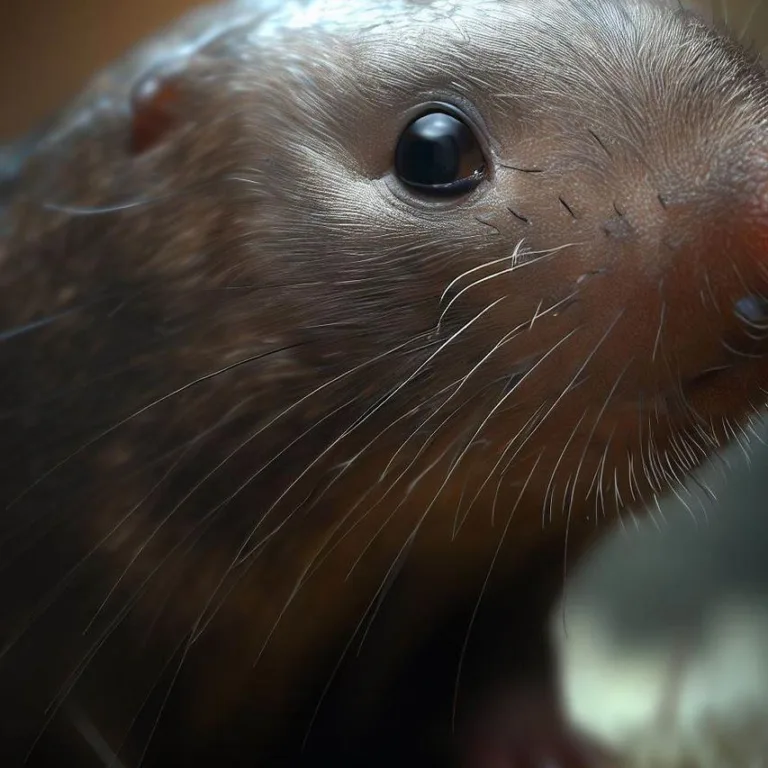Welcome to our in-depth exploration of the intriguing world of moles. These small, burrowing mammals have captured our curiosity for centuries, with their unique adaptations and behaviors. Join us as we delve into the life of moles, uncovering their remarkable features and shedding light on their role in ecosystems.
The mole’s subterranean lifestyle
With their velvety fur and shovel-like forelimbs, moles are perfectly adapted for a life beneath the surface. These remarkable creatures spend the majority of their lives digging intricate tunnel systems in search of food and shelter. Their specialized paws and powerful shoulders enable them to navigate through soil with remarkable efficiency.
As moles burrow through the earth, they create intricate networks of tunnels that serve various purposes. They have main tunnels for movement, shallow tunnels for foraging, and deeper tunnels for nesting. This complex underground habitat offers protection from predators and harsh weather conditions.
Adaptations for Subterranean Success
The mole’s physical adaptations are key to their success underground. Their fur lies flat in all directions, which helps them move forwards and backwards in tight spaces without getting trapped. Their eyes are tiny and covered with skin, as vision isn’t crucial in the dark world of tunnels. However, their sense of touch and smell are highly developed, helping them locate prey and navigate their surroundings.
The ecological impact of moles
While some might consider moles to be pests due to their tunneling activities in gardens and lawns, they play a significant role in shaping ecosystems. By aerating the soil and creating channels for water to flow, moles contribute to soil health and plant growth. Their diet primarily consists of insects and grubs, helping control pest populations and maintaining a balanced ecosystem.
Interestingly, the presence of moles can attract other predators like owls, foxes, and snakes, creating a chain reaction of wildlife interactions. Moles are a vital part of the intricate web of life beneath our feet.
Conservation Concerns
While moles are not currently considered endangered, changes in land use and habitat destruction can pose challenges to their populations. As urbanization expands, the natural habitats of moles can be disrupted. By understanding their ecological significance, we can take steps to preserve their habitats and ensure their continued presence in our ecosystems.
Frequently Asked Questions (FAQs)
Q: Do moles have poor eyesight?
A: Yes, moles have tiny eyes that are adapted for low light conditions, as they primarily navigate through dark tunnels using their sense of touch and smell.
Q: Are moles harmful to gardens?
A: While moles can disrupt lawns and gardens with their tunneling activities, their presence also benefits soil health and helps control insect populations.
Q: How do moles find their food?
A: Moles have an acute sense of smell and touch, allowing them to detect vibrations of insects and grubs in the soil. They use their specialized paws to dig and capture their prey.
Q: Can moles swim?
A: Yes, moles are capable swimmers. They can paddle using their front paws and use their tails to steer. However, they are better suited for life underground.
Q: Do moles hibernate?
A: Moles do not hibernate, but they are less active during colder months. They create deeper tunnels to stay below the frost line and continue searching for food throughout the year.
Viz také:






